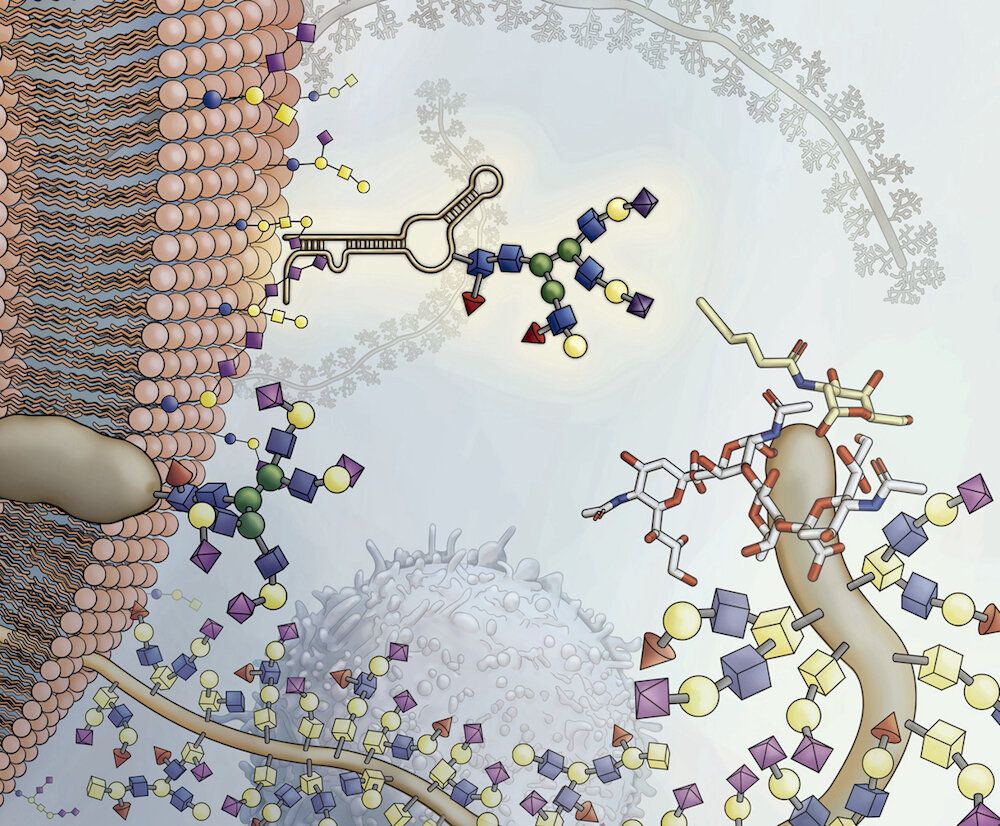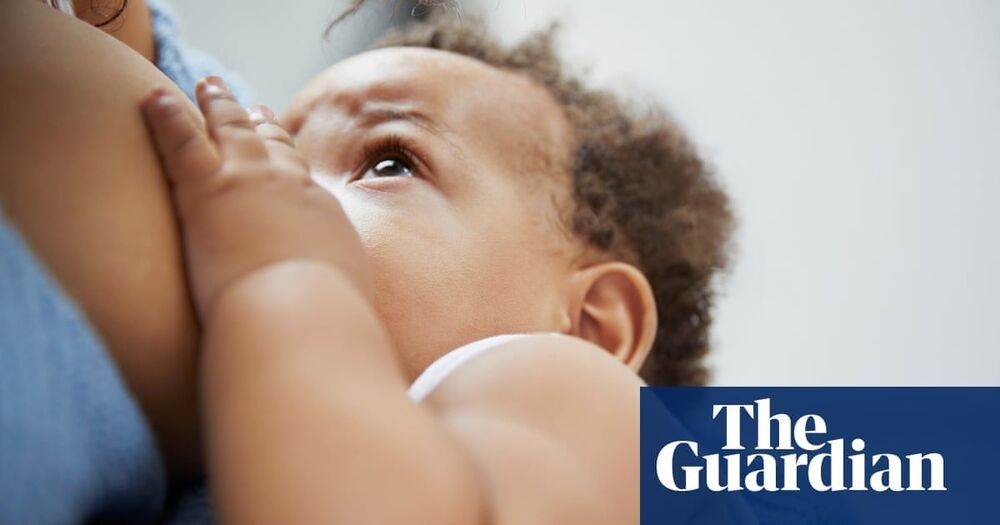Scientists modify CAR T-Cell therapy, making it more effective and less toxic, for possible use in solid tumors such as neuroblastoma.
Chimeric Antigen Receptor T-cell therapy — CAR T — has revolutionized leukemia treatment. Unfortunately, the therapy has not been effective for treating solid tumors including childhood cancers such as neuroblastoma. Preclinical studies using certain CAR T against neuroblastoma revealed toxic effects. Now, a group of scientists at Children’s Hospital Los Angeles have developed a modified version of CAR T that shows promise in targeting neuroblastoma, spares healthy brain tissue and more effectively kills cancer cells. Their study was published today in Nature Communications. While this work is in the preclinical phase, it reveals potential for lifesaving treatment in children and adults with solid tumors.
Shahab Asgharzadeh, MD, a physician scientist at the Cancer and Blood Disease Institute of CHLA, is working to improve the lifesaving CAR T-cell therapy, in which scientists take a patient’s own immune system T-cells and engineer them to recognize and destroy cancer cells.
“The CAR T therapy works in leukemia,” he says, “by targeting a unique protein (or antigen) on the surface of leukemia cells. When the treatment is given, leukemia cells are killed. CAR T turns the patient’s immune system into a powerful and targeted cancer-killer in patients with leukemia. This antigen is also on normal B cells in the blood, but this side effect can be treated medically.”





